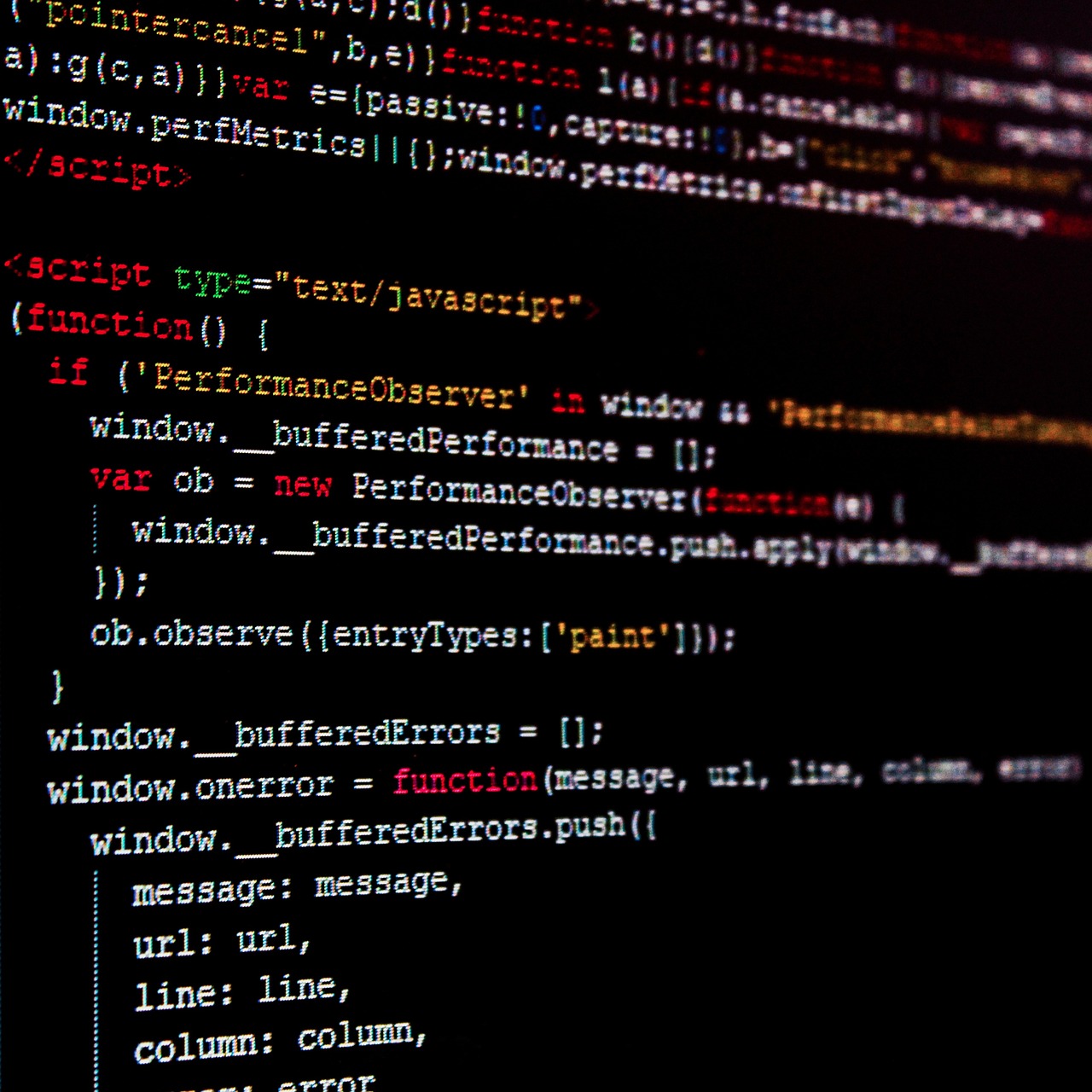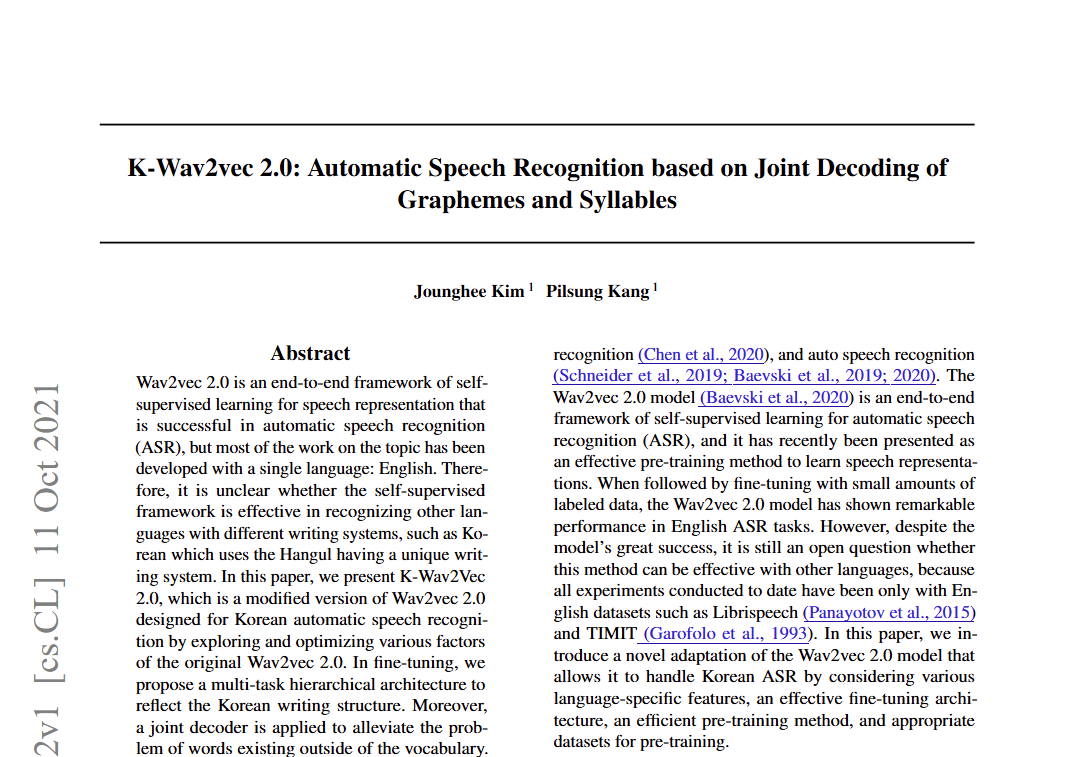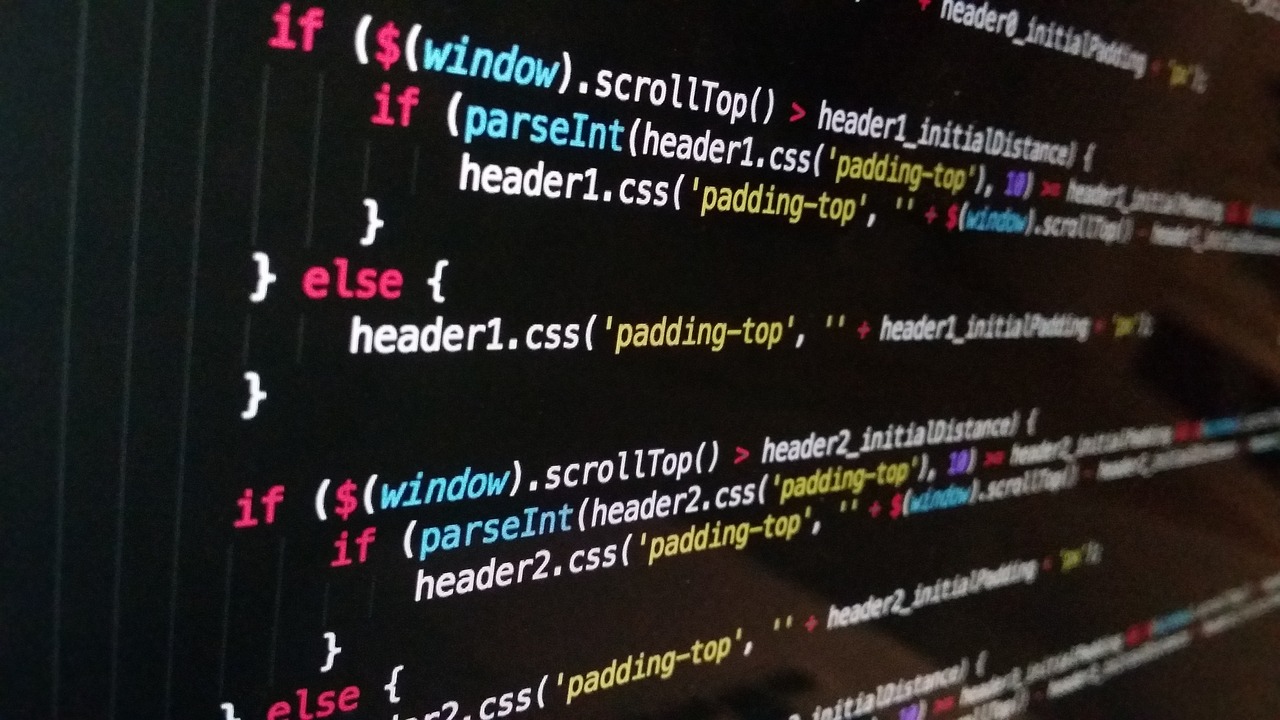선택 분류 - 불량 철판 분류 신경망
철판과 관련된 데이터 27가지를 이용하여 철판을 7가지로 분류해보자.
abalone.ipynb 실행
%run ../chap01/abalone.ipynb
abalone.ipynb의 코드를 재활용한다.
메인 함수 정의
def steel_exec(epoch_count=10, mb_size=10, report=1):
load_steel_dataset()
init_model()
train_and_test(epoch_count, mb_size, report)
load_steel_dataset()을 호출하여 steel_dataset을 로드하고, 모델을 초기화하고 훈련및 테스트를 수행한다.
데이터 적재 함수 정의
def load_steel_dataset():
with open('../../data/chap03/faults.csv') as csvfile:
csvreader = csv.reader(csvfile)
next(csvreader, None)
rows = []
for row in csvreader:
rows.append(row)
global data, input_cnt, output_cnt
input_cnt, output_cnt = 27, 7
data = np.asarray(rows, dtype='float32')
faults.csv파일을 배열로 바꾸고 그 배열을 넘파이 배열로 바꾼다. 또한 입력으로 들어온 27개의 데이터를 7개 항목에 대한 로짓값으로 바꾸어야하므로 input_cnt, output_cnt = 27,7로 지정한다.
후처리 과정에 대한 순전파와 역전파 함수 재정의
def forward_postproc(output, y):
entropy = softmax_cross_entropy_with_logits(y, output)
loss = np.mean(entropy)
return loss, [y, output, entropy]
def backprop_postproc(G_loss, aux):
y, output, entropy = aux
g_loss_entropy = 1.0 / np.prod(entropy.shape)
g_entropy_output = softmax_cross_entropy_with_logits_derv(y, output)
G_entropy = g_loss_entropy * G_loss
G_output = g_entropy_output * G_entropy
return G_output
앞서 펄서 분류 신경망에서 sigmoid가 softmax로 바뀐 것 밖에 없다. y와 output은 (미니배치크기, 출력벡터크기)이며 entropy는 (미니배치크기,1)이다. g_entropy_output도 (미니배치크기, 출력벡터크기)이다.
정확도 함수 재정의
def eval_accuracy(output, y):
estimate = np.argmax(output, axis=1)
answer = np.argmax(y, axis=1)
correct = np.equal(estimate, answer)
return np.mean(correct)
철판 데이터의 output은 (N,7)이므로, 각 데이터로 산출된 로짓값 분포가 가로로 나열되어있고, 로짓값 분포 세트가 세로로 나열되어있다. np.argmax(output,axis=1)은 각 데이터로 산출된 로짓값 분포에서 각 분포마다 최대값(로짓값을 클 수록 확률이 크다)의 인덱스를 찾아 저장하고, (N,1)의 형태가 된다. 그리고 신경망이 추정한 것과 실제 답에서 같은 것은 1, 아닌 것은 0으로 두어 평균을 구하면 정확도가 산출되게 된다.
소프트맥스 관련 함수 정의
def softmax(x):
max_elem = np.max(x, axis=1)
diff = (x.transpose() - max_elem).transpose()
exp = np.exp(diff)
sum_exp = np.sum(exp, axis=1)
probs = (exp.transpose() / sum_exp).transpose()
return probs
def softmax_derv(x, y):
mb_size, nom_size = x.shape
derv = np.ndarray([mb_size, nom_size, nom_size])
for n in range(mb_size):
for i in range(nom_size):
for j in range(nom_size):
derv[n, i, j] = -y[n,i] * y[n,j]
derv[n, i, i] += y[n,i]
return derv
def softmax_cross_entropy_with_logits(labels, logits):
probs = softmax(logits)
return -np.sum(labels * np.log(probs+1.0e-10), axis=1)
def softmax_cross_entropy_with_logits_derv(labels, logits):
return softmax(logits) - labels
소프트맥스는 로짓 벡터 $(x_1,x_2,x_3,…,x_n)$ 에서 최대값((1행의 최댓값, 2행의 최댓값… n행의최댓값)의 행 벡터로 나타남)을 찾고 그 값을 벡터안에 있는 로짓값마다 빼준다(각 열에 대해 반복 계산 하기위해 transpose한다). 그리고 각 로짓값마다 $e^{x_i}$ 함수를 적용시키고 각 로짓값에 대응하는 확률을 구한다. 따라서 입력으로 (N,7)이 들어왔으면 출력도 (N,7)이다.
softmax_cross_entropy_with_logits은 소프트맥스 크로스엔트로피 함수로 입력이 (N,7), (N,7)이면 두 확률 분포의 유사도를 하나의 값으로 나타내주기 때문에($\sum p_i \log q_i$) (N,1)로 출력된다.
softmax_cross_entropy_with_logits_derv 는 소프트맥스 크로스엔트로피 편미분 함수로, 출력은 (N,7)이다. 이것을 이용해 각 로짓값을 얼마나 조정해야하는지 계산하게 된다.
실행 결과
시그모이드 함수 적용해보기
forward_postproc()과 backward_postproc()함수에 sigmoid함수를 적용시키면 넘파이 행렬의 성질에 따라 아래 시그모이드 함수는
def relu(x):
return np.maximum(x, 0)
def sigmoid(x):
return np.exp(-relu(-x)) / (1.0 + np.exp(-np.abs(x)))
def sigmoid_derv(x, y):
return y * (1 - y)
def sigmoid_cross_entropy_with_logits(z, x):
return relu(x) - x * z + np.log(1 + np.exp(-np.abs(x)))
def sigmoid_cross_entropy_with_logits_derv(z, x):
return -z + sigmoid(x)
로짓 벡터 $(x_1,x_2,…,x_n)$ 에 대해 각 로짓값의 시그모이드 함수를 적용한 벡터가 나온다. 단 합이 1이 보장되지는 않는다.
위 사진은 시그모이드 함수를 적용했을 때 결과이다.
시그모이드 함수와 MSE 적용하기
def forward_postproc(output, y):
diff = sigmoid(output) - sigmoid(y) # 실제 로짓값과 예측한 로짓값을 시그모이드 함수를 적용시켜 차이를구함
square = np.square(diff)
loss = np.mean(square)
return loss, [diff,output,y]
def backprop_postproc(G_loss, aux):
diff,output,y = aux
shape = diff.shape
g_loss_square = np.ones(shape) / np.prod(shape)
g_square_diff = 2*diff * sigmoid_derv(np.ones(np.shape(output)),sigmoid(output))
# L = (sigmoid(output) - sigmoid(y))^2/AB 을 output에 편미분 하면 2*(sigmoid(output) - sigmoid(y))* sigmoid_derv(y,output)/ AB
g_diff_output = 1
G_square = g_loss_square * G_loss
G_diff = g_square_diff * G_square
G_output = g_diff_output * G_diff
return G_output
위와 같이 시그모이드 함수와 Mean Squared error를 적용시키면 다음과같은 결과가 나온다.
Reference
- 윤덕호 저, [파이썬 날코딩으로 알고 짜는 딥러닝], 한빛미디어, 2019





댓글남기기